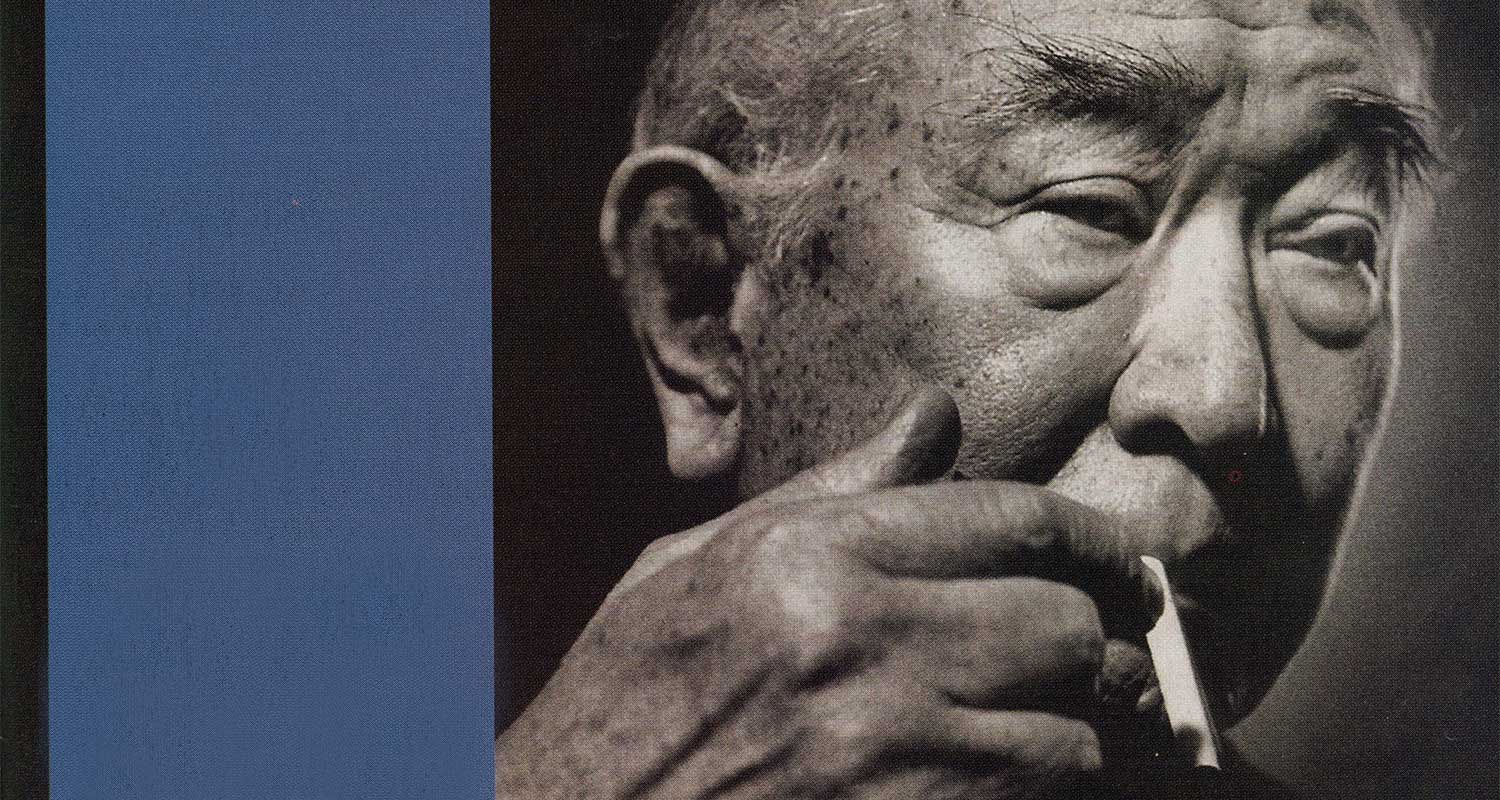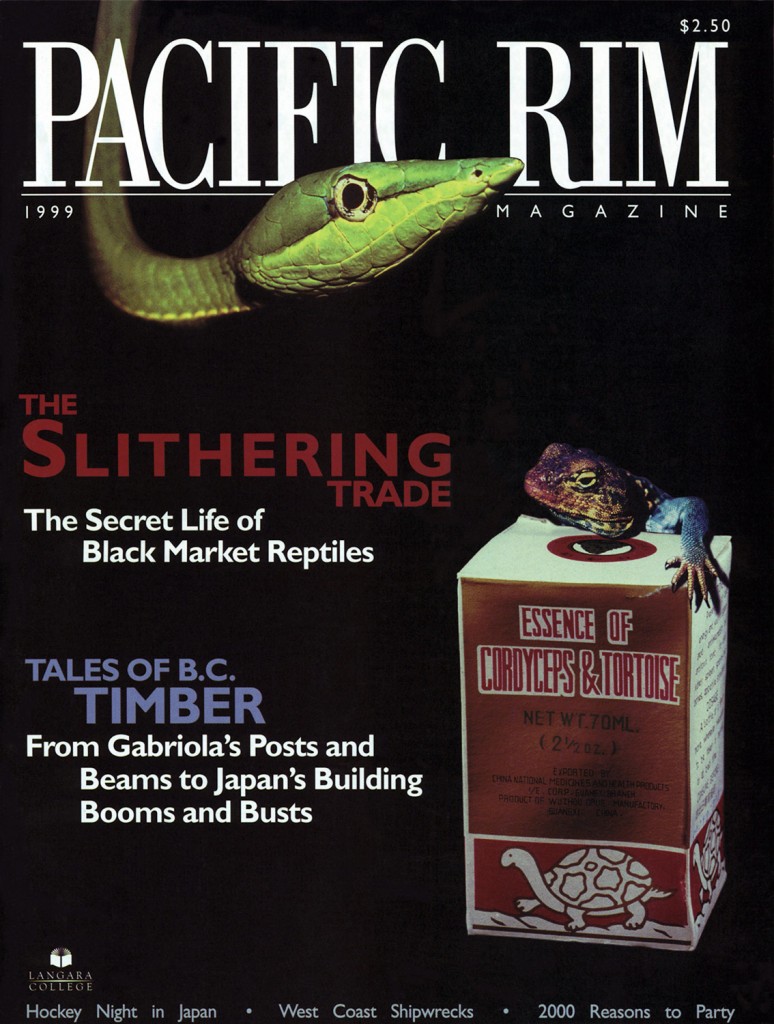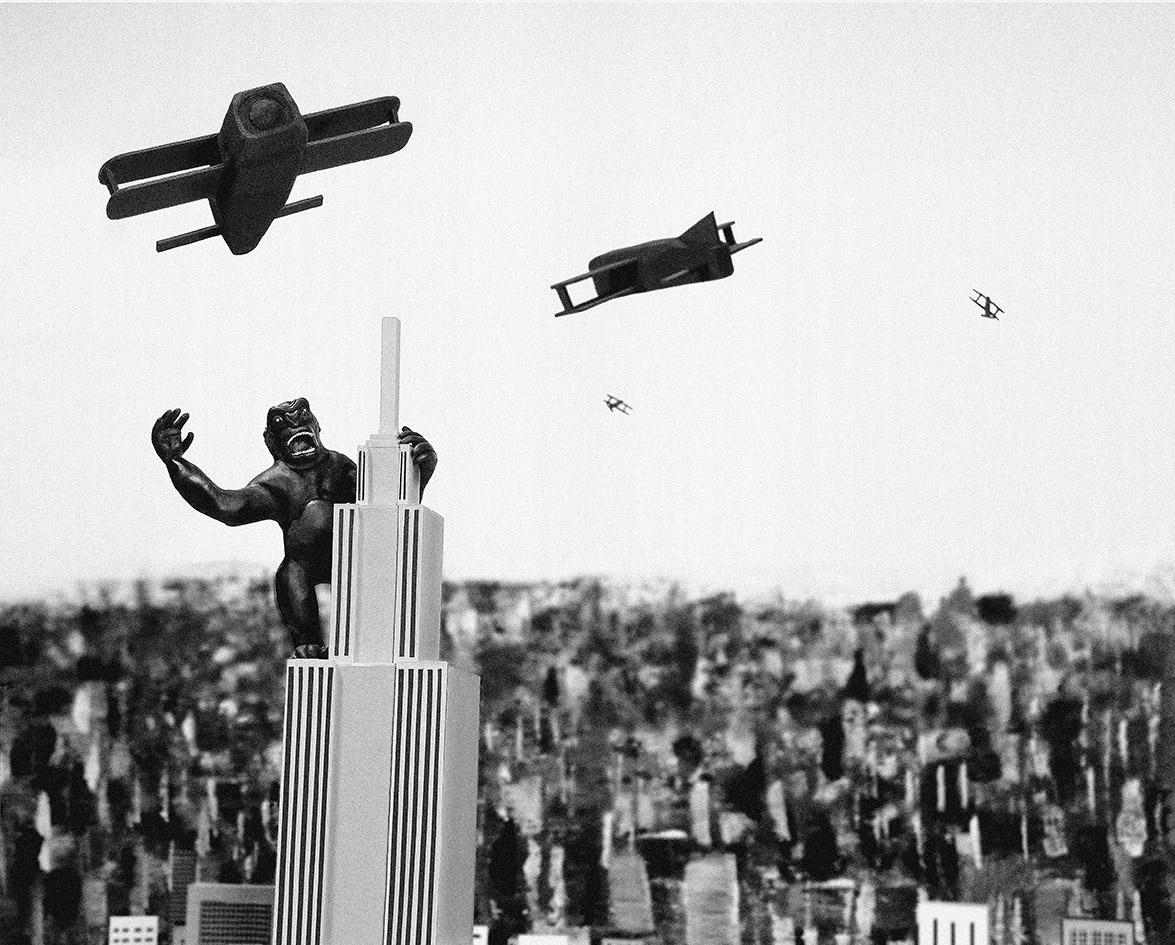A stranger with no name enters a town thrown into chaos by two warring families. He pits the violent families against each other and no one survives. Sound like Sergio Leone’s A Fistful of Dollars? Actually, Akira Kurosawa did it first with Toshiro Mifune as the solo samurai in Yojimbo.
The Magnificent Seven tells the story of a town in trouble that hires seven gunmen to protect it from bandits. Yet six years earlier, in 1954, the same story had already been told in Kurosawa’s masterpiece, The Seven Samurai.
For the last 50 years, Kurosawa has inspired talented North American directors. Steven Spielberg, Martin Scorcese, Francis Ford Coppola and George Lucas emulated his work and cite him as one of the greatest directors in the history of film. A man who described himself as “short tempered and obstinate,” Kurosawa was an amazing narrator, an artisan of the human condition. Throw in several Academy Awards and numerous film festival awards, and you have one of the most significant legacies in film history.
On Sept. 6, 1998, the legacy ended when the renowned Japanese director died at the age of 88. Kurosawa, the “Sensei of Cinema,” also dubbed “the Emperor” by the media, had an immense impact on western cinema. In a CNN interview, Martin Scorcese said: “His [Kurosawa] influence on filmmakers throughout the entire world is so profound as to be almost incomparable.” Kurosawa’s technical proficiency and poetic translations of traditional Japanese theatre into epic form brought Japanese film to the rest of the world. As an all-genre director, Kurosawa was comfortable in many milieus. At the same time, his unique visual style and inventive use of telephoto lenses and cinemascope framing broadened cinema’s development. He educated western audiences and brought appreciation to the aesthetic of stylized acting.
Kurosawa Did Not Hesitate When Directing His Films
Kurosawa began his directing career while Japan was at war in the Pacific. However, he did not hesitate to use North American and European literature as the basis for many of his films. Shakespeare, Gorky, Tolstoy, Dostoevsky and American crime novels became important sources of inspiration for his legendary tales. Macbeth became Throne of Blood, while King Lear was the story behind his classic, Ran. Powerfully choreographed and technically stunning battle scenes make Ran one of the most striking adaptations of Shakespeare’s play to date – a potent commentary on the senselessness of war and the human lust for power.
Prestige was not the prime motive for his work…
Kurosawa has also credited American cinema, in addition to literature, as having influenced his style. American directors John Ford and Frank Capra were among his favourites. He adapted an American convention, film noir, for his films Yojimbo and High and Low.
With His Fame Came Depression
While Kurosawa was well received in the West, he faced criticism from the Japanese media for his use of foreign literature. The fact he used many Japanese sources for his films was largely overlooked. His reputation as a perfectionist who always went over budget did not help his cause. By the late 1960s Kurosawa was at an impasse. Unable to find work as a director any longer, his depression culminated in a failed suicide attempt in 1971.
Luckily, the intervention of Lucas and Spielberg gave Kurosawa another chance to work. Their intervention helped the Japanese legend obtain financing from American companies in the 1980s, enabling him to release his later films. Critics appreciate how important this ongoing exchange with America was for western cinema. “Kurosawa exemplifies what I find most interesting in the movies,” says University of British Columbia film professor John Newton. “I like the fact that Sergei Eisenstein and John Ford influenced Kurosawa – that he was interested in Shakespeare and Western dramatic structures. In the ’60s and ’70s, some ‘ever so-serious’ critics knitted their brows and held this against him. ‘Not Japanese enough!’ Using this criterion, John Ford was probably ‘not American enough.'”
The First Japanese Film Released Worldwide By An American Company
Lucas and Coppola convinced 20th Century Fox to buy the international distribution rights for Kurosawa’s 1980 award winner, Kagemusha, making it the first Japanese film released worldwide by an American company. Steven Spielberg later joined this group of supporters to help Warner Bros. fund the 1990 film, Dreams. Lucas’s special effects company, Industrial Light and Magic, helped Kurosawa create the film’s stunning visuals.
Kurosawa’s Brilliance And Impact In Cinema
While many Japanese critics busied themselves underestimating the value of his work, western cinema reaped the benefits of Kurosawa’s brilliance. Countless American films and directors look to him as a direct influence on their technical and artistic development. The “Sensei of Cinema’s” ability to manipulate his audience’s emotions rivaled his technical skills in creating visually powerful moments on film. “The final confrontation in the mud would draw me back to the screen no matter what I was doing,” muses Newton, describing one of his favourite cinematic moments from The Seven Samurai, which he discovered while working as a projectionist in the 1960s. “The telephoto shots, the horses, the change in tempo with the firing of arrows . . . I was hooked. I still am.”
Kurosawa’s impact on American cinema stemmed from his use of common humanistic themes. His Samurai epics, for instance, inspired numerous American westerns; including the spaghetti western, one of the more dubious offshoots of his artistic merit. Leone virtually plagiarized the humorous Yojimbo when he made the somber A Fistful of Dollars. The story is suspiciously analogous – and many of its shot compositions are near identical. The Magnificent Seven, starring Steve McQueen and Yul Brynner, was a reworking of The Seven Samurai – one Kurosawa disapproved of. He felt the gunfighters failed to mirror the nobility of the samurai; they were no better than the outlaws they fought. The universality of his cinematic themes is hard to ignore: surprising adaptations of The Seven Samurai include the science fiction movie Battle Beyond the Stars, and the recent Disney animated film A Bug’s Life.
… what mattered were the stories and the underlying truths of the human condition.
Even fans of Star Wars can thank Kurosawa for the inspiration he gave George Lucas. The comical C-3PO and R2-D2 were styled after a pair of bickering soldiers in Kurosawa’s The Hidden Fortress. Throw in a princess in hiding and you have the beginnings of Lucas’s epic. “It is hard not to laugh when your students suddenly realize in the middle of the movie that Kurosawa’s The Hidden Fortress may have contributed more than its share to a ‘seminal’ American epic,” says Newton.
Kurosawa’s Accomplishments
Overall, Kurosawa ranks in the upper echelons of the film elite. The international acclaim he garnered testifies to that. Rashomon, his 1950 breakthrough film, gained international attention and put Japan on the filmmaking map, winning the Academy Award for Best Foreign Film in 1952. The Seven Samurai won a Silver Lion at the 1954 Venice Film Festival, and in 1975 Kurosawa’s direction of Dersu Uzala brought him another Oscar. Kagemusha took the Palme d’Or at the Cannes. Five years later he returned to the prestigious French film festival with Ran and won a special achievement award. Ran, Kurosawa’s personal favourite, was also named Best Picture of the Year by America’s National Society of Film Critics. In 1990, Kurosawa received an honorary Oscar for Lifetime Achievement. But prestige was not the prime motive for his work; what mattered were the stories and the underlying truths of the human condition.
Kurosawa’s English translator, Audie Bock, once took the aged director to a small cinema to see No Regrets for Our Youth, a documentary on the director’s life. When the crowd saw him, they went crazy. Bock was worried, but Kurosawa stood his ground and happily answered questions while she translated. Afterwards he told Bock, with a big smile, “That’s the people I make my films for, not those poseurs at the [Paris] Cinematheque.”
The powerful words and images Kurosawa gave the world earned him international acclaim. He was an ambassador of film who brought the West to Japan, and Japan to the West. Kurosawa’s contribution to cinema will be remembered as long as there are people making films and telling stories with imagination and understanding.











